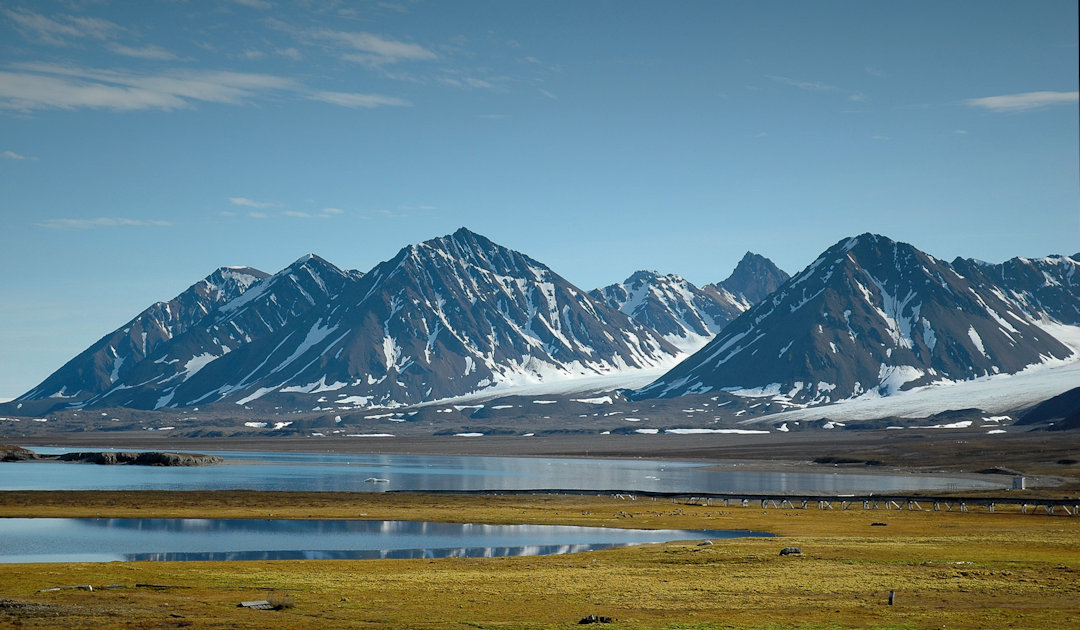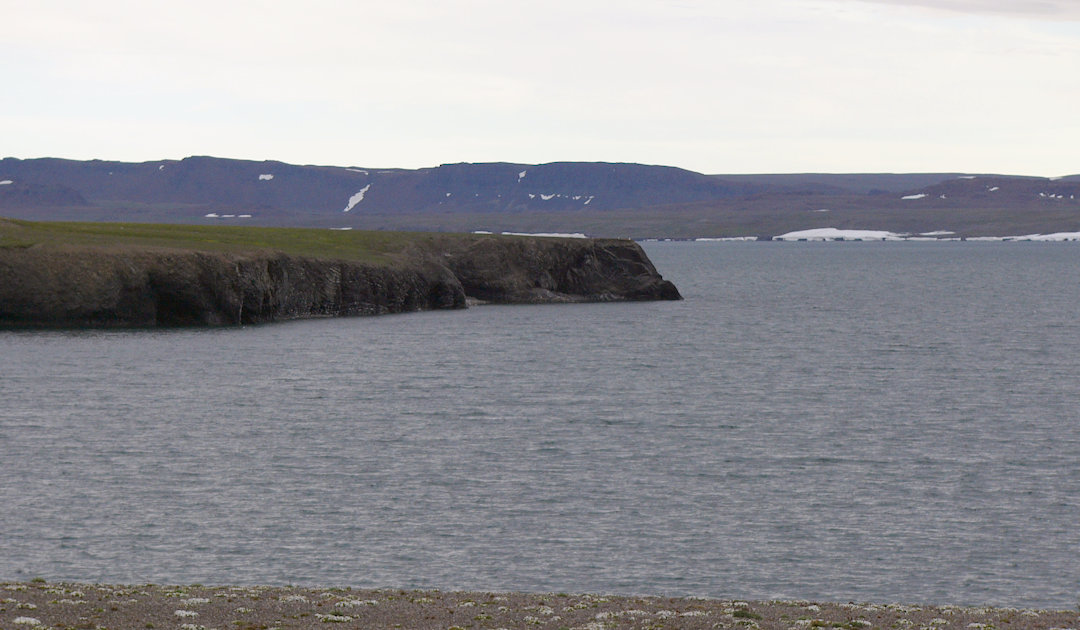
For many bird species Svalbard offers a richly laid table in summer and few predators to raise the offspring. But warming doesn’t necessarily make it easier for animals during the summer months, because adaptations to changing environmental conditions don’t come for free. Pink-footed geese, which breed on Svalbard, are one of these endangered species. But these birds have found a new way around the problem… literally.
Pink-footed geese increasingly migrate to Novaya Zemlya instead of Svalbard, and instead of passing through Norway and Sweden, they migrate more through Finland and Russia. In the process, they are probably passing on the knowledge of the new breeding areas in a previously unknown way, because the population numbers are slowly but steadily increasing every year. These are the findings of a comprehensive study conducted by Dr. Jesper Madsen, professor of wildlife ecology at Aarhus University, together with Norwegian and Dutch colleagues. “We observe a new distinct population of birds in the making in real time,” the biologist explains. “This is very rarely seen and the speed of development is astonishing.” The work was recently published as a report in the journal Current Biology.



Pink-footed geese are very social animals and actually like it cool, even in winter. The birds belonging to the true geese usually spend the winter months in the coastal areas of the Netherlands, Belgium, Great Britain and sometimes Denmark. According to estimates, around 68,000 animals make the journey towards Svalbard in the spring, crossing the Norwegian and Swedish mainland. Only at the end they move across the Barents Sea to start breeding on Svalbard from about the end of May. But more and more often Jesper Madsen heard that groups of the birds were observed in Finland, especially from 2010. So, he followed the clues and routes of transmittered animals and also tagged geese and ganders of different ages to track their routes. He found that the animals not only migrated to the North Sea coast, but even further north, to the Russian archipelago of Novaya Zemlya. The team suspects that due to rising average temperatures on the archipelago, many coastal areas offer vacant breeding sites and an increasing plant food supply.



The data collected by Professor Madsen and his team also show that knowledge of the new region probably “gets around” among the pink-footed geese each winter. Because every year new ones are added. It was also cool to observe that geese from the traditional flyway have turned up on the new route and seemed to have switched,” Professor Madsen says. “Hence, social learning and following individuals from the new route has been an important phenomenon, which also explains how this development could be so fast.” He and his team also believe that the pink-footed geese on Novaya Zemlya should be counted as a separate, new population because they would meet the appropriate conditions.
But what the team still lacks is visual confirmation of their observations, which have so far only been tracked on the computer. But this is likely to remain difficult due to the current geopolitical situation and the strategic importance Novaya Zemlya has in the eyes of Russian politics. Large parts of the archipelago are restricted military areas, but this may benefit the birds. This way they are at least somewhat protected from too strong human influence and can increase their population at least in the short term.
Dr Michael Wenger, PolarJournal
More on the topic





